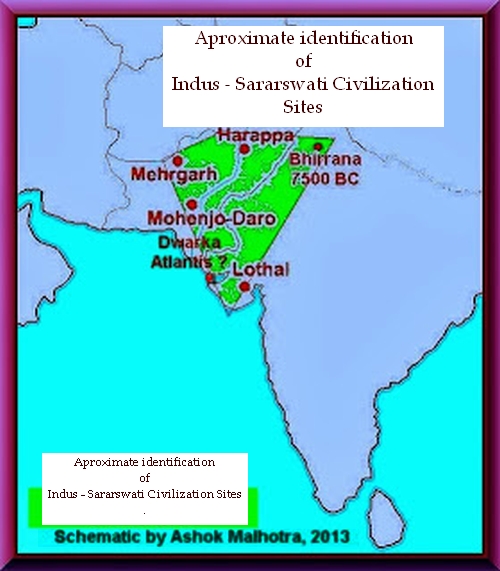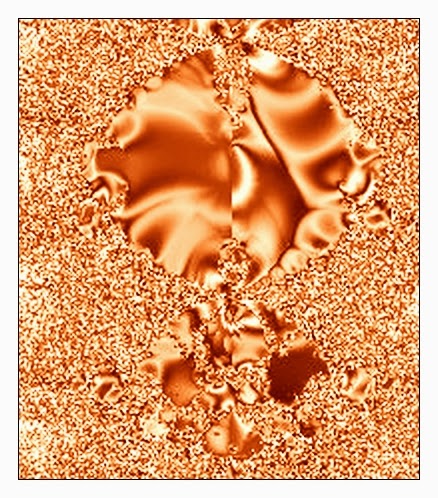The Big Bang
Humans love things that have a beginning. Therefore they have come up with the Big Bang theory of the universe on earth. The alternative theory of a universe that always was, is a bit too formidable for many to handle. However, humans know that there is infinity in space. The dimensions of space go on and on without limit in either direction so why not time? In fact, the infinity of time is just like the infinity of space. The standard Big Bang model is founded upon a faulty paradigm that is inconsistent with the empirical data. Other dissenters on your planet include Nobel laureate Dr. Hannes Alfvén, Professor Geoffrey Burbidge, Dr. Halton Arp, and the renowned British astronomer Sir Fred Hoyle, who is accredited with first coining the term "the Big Bang" during a BBC radio broadcast in 1950. These latter are on the right track. The universe has no beginning
The universe is an oscillating universe, it expands to a certain extent and then shrinks, but it doesn’t shrink all the way. In an oscillatory universe, time extends infinitely far into both past and future. An oscillating Universe is possible when the Cosmological Constant of Earth theories is variable and fluctuates. The Cosmos first expands outward at an accelerated rate, and then slows to an eventual halt followed by an inward collapse. During this inward collapse, the Universe shrinks down eventually to a relatively small size of a single galaxy. The Universe then begins re-expanding again, outward in a kind of new Big Bang. This present cycle of our Universe is a reoccurrence of the previous cycle and recurs over and over without end. Space expands when there is more and more light. Photons (accompanied by an equal number of anti-photons to keep everything conserved). When the Universe cools and the stars contained within the galaxies slowly burnout, the light they emit eventually fades. At this point, the balance of photon production becomes less and less leaning towards contraction. The nearer these galaxies come to each other, the more the matter that was cooled-down within the galaxies begins once again to heat-up. The force of compression within the galaxies causes friction and heating between the material molecules composing them. Hence, both friction and the Universe's compression lead to a new cycle of expansion. The Universe contracts to the separation of matter from radiation (the place and time also when matter again heats-up and begins to emit photons creating new space). This is the reason that we now measure the cosmic microwave background in the present-day Universe, an ancient relic of this radiation from the separation era.
Galaxy clusters are large collections of tens to thousands of galaxies, bound together by their mutual gravitational force and extended over several millions of light years. Our own galaxy the Milky Way is a galaxy that contains more than 200 billion stars. It is an average-size galaxy of the barred spiral class. The Milky Way belongs to a group of galaxies that contains 39 galaxies, two of which are the Andromeda Galaxy and the Triangulum Galaxy. This Group is about 6 million light-years (3.5x1019 miles) in diameter. In turn, this group belongs to a much larger group of galaxies known as the Virgo Super cluster. The Milky Way lies on the outer edge of the super cluster. The Virgo Super cluster is about 100 million light-years in diameter. Not all the stars in a galaxy cluster are found in galaxies, but many of them just float in the intergalactic space, being unbound to any particular galaxy.
UPDATE APRIL 2. 2015
Latest scientific evidence is indicating that the Big Bang did not take place but the universe has always been around. Read here:
http://www.pbs.org/wgbh/nova/next/physics/lhc-accidental-rainbow-universe/
NEXT: https://alienaccount.blogspot.com/2006/09/life-everywhere.html
UPDATE APRIL 2. 2015
Latest scientific evidence is indicating that the Big Bang did not take place but the universe has always been around. Read here:
http://www.pbs.org/wgbh/nova/next/physics/lhc-accidental-rainbow-universe/
NEXT: https://alienaccount.blogspot.com/2006/09/life-everywhere.html







Comments
I'm a beginning student of the English language, so I'm in no position to nit-pick. But the fact your following sentence contained no period made sense to me.
"The universe has no beginning"
I looooved it!